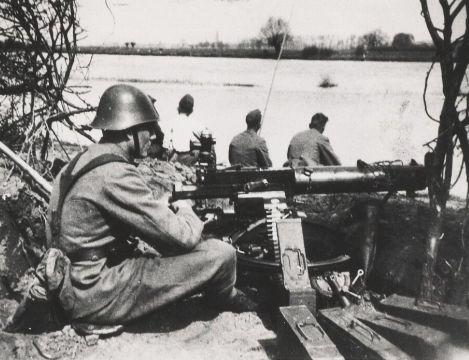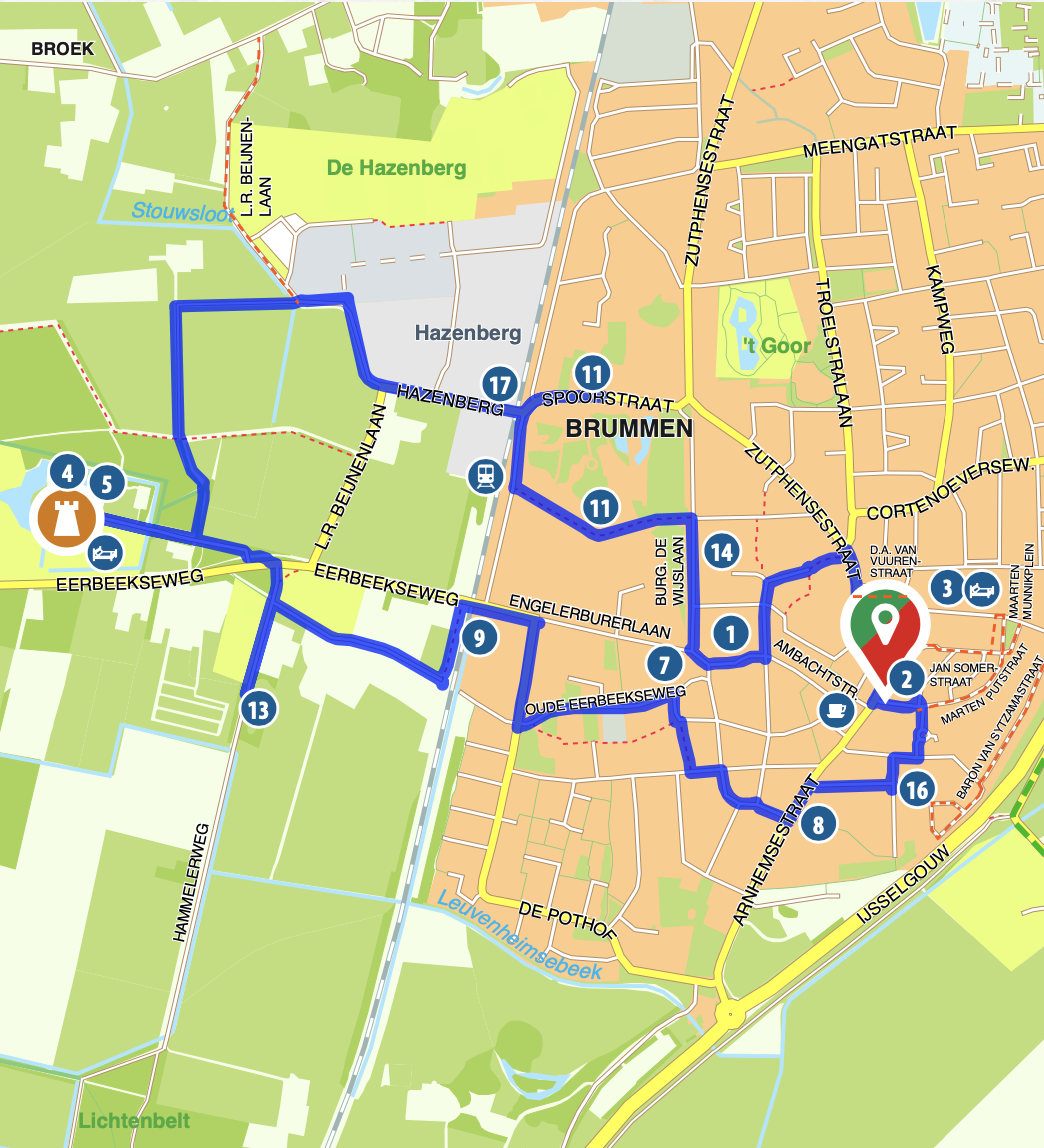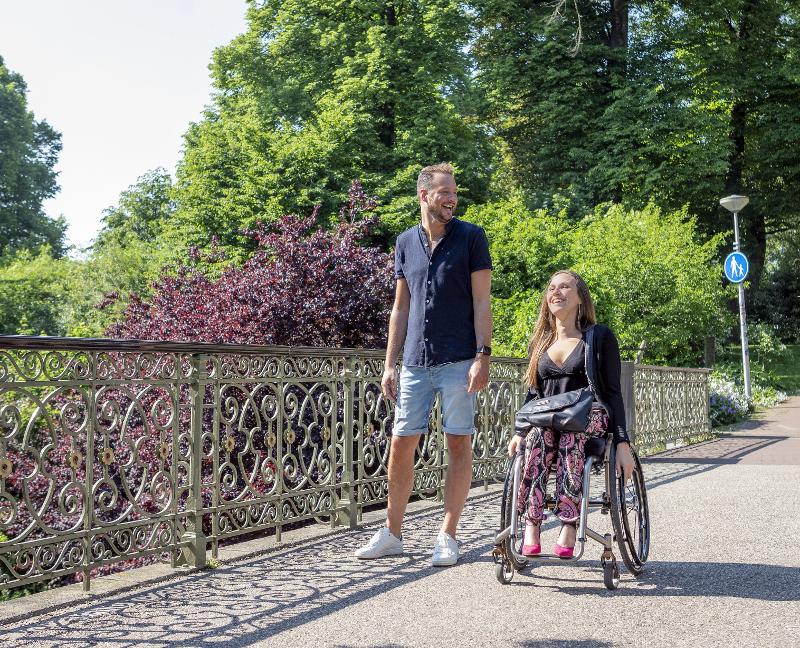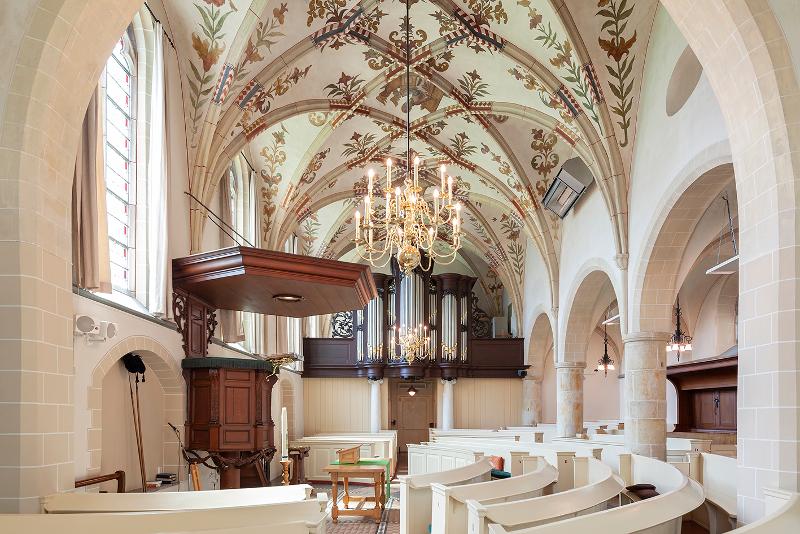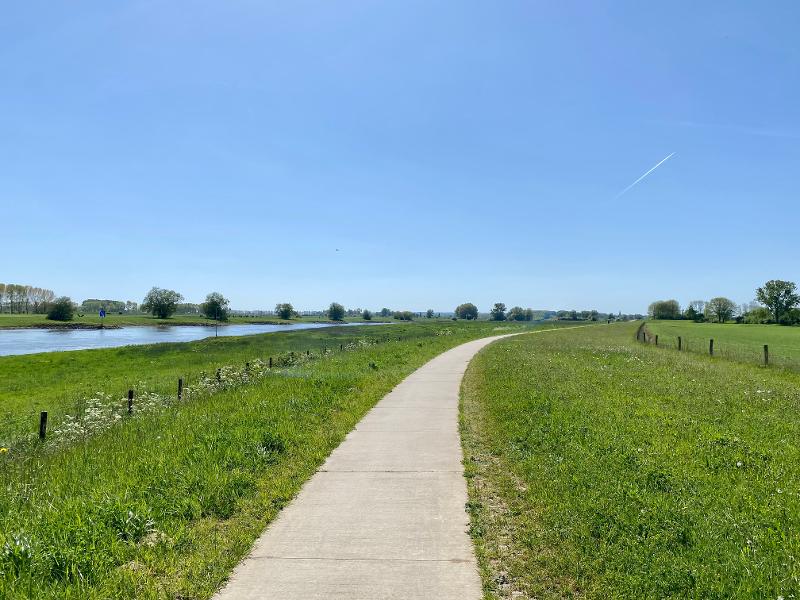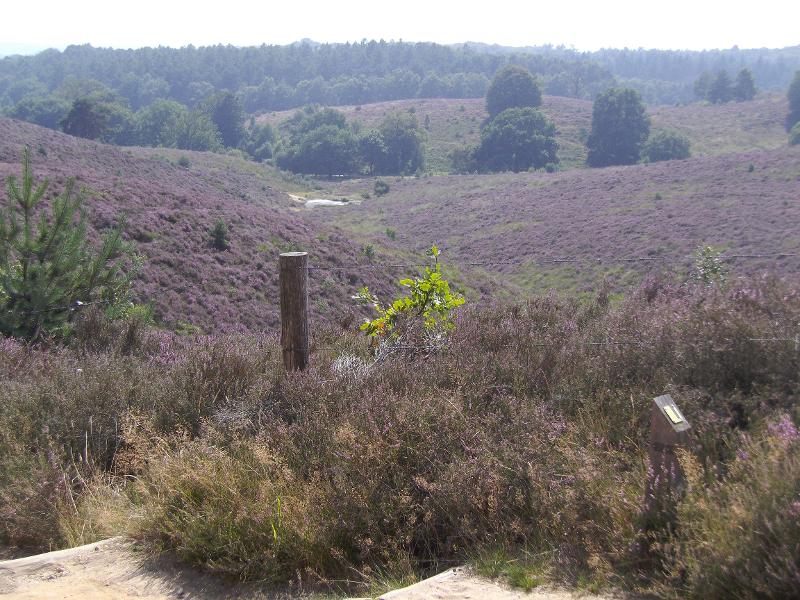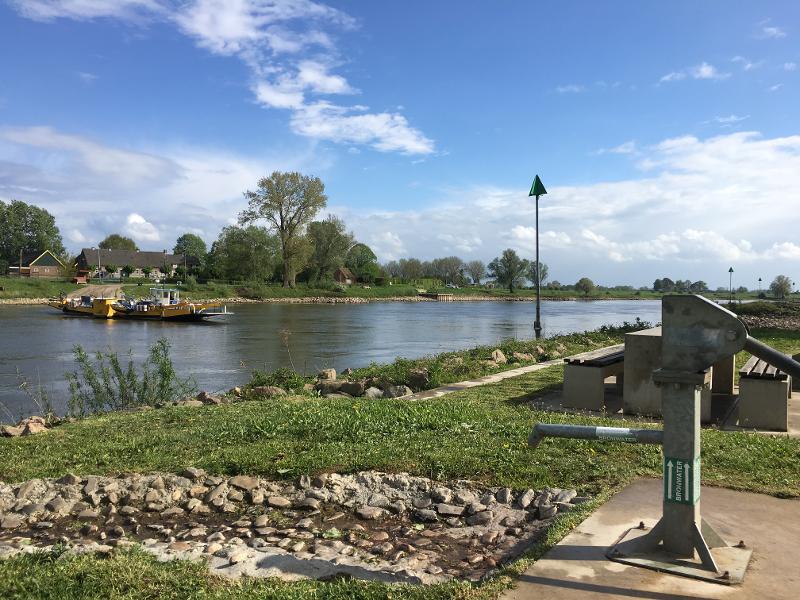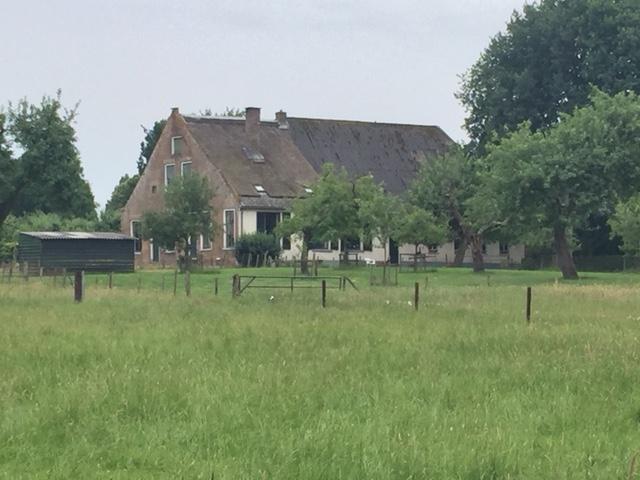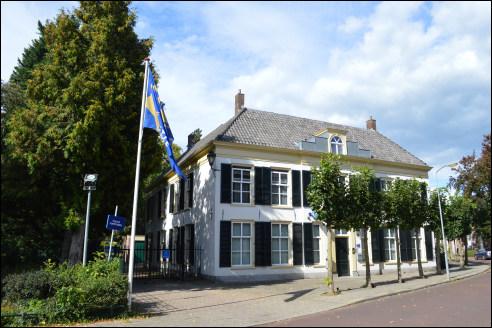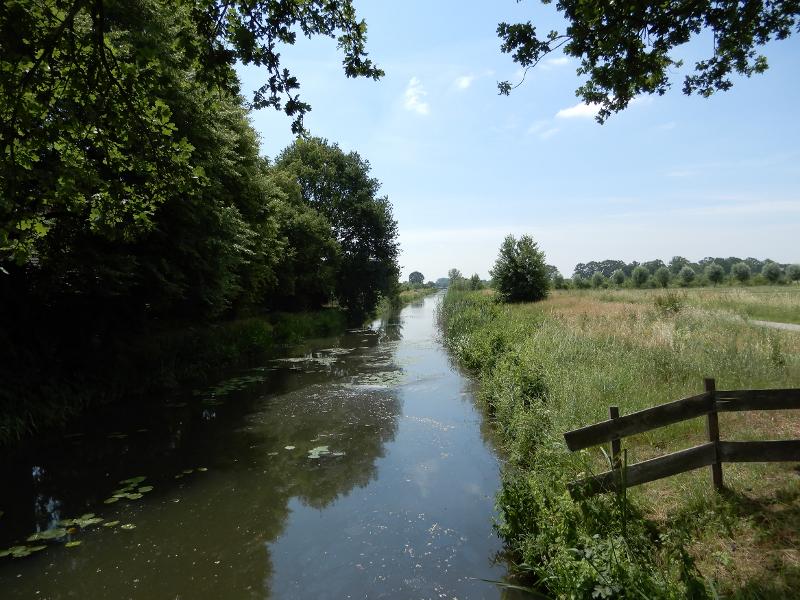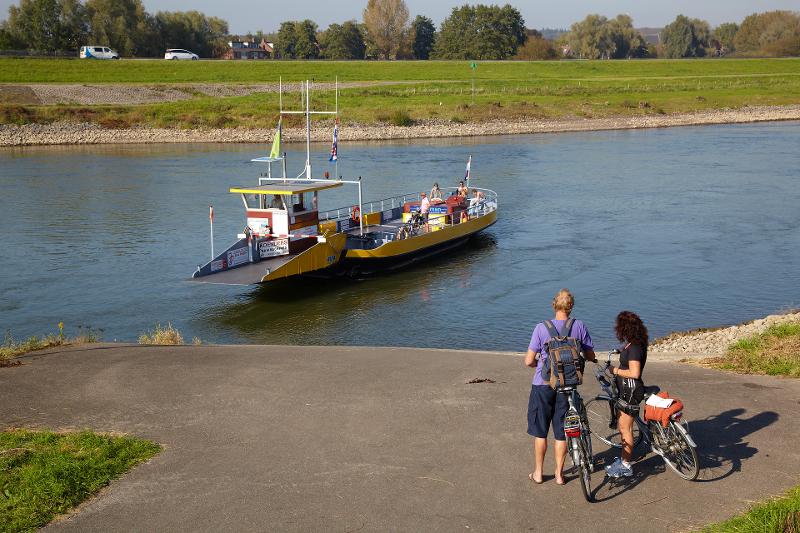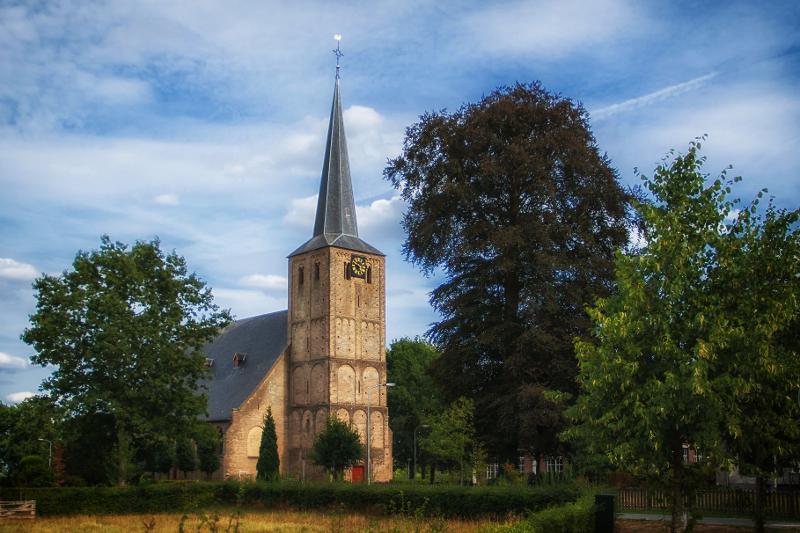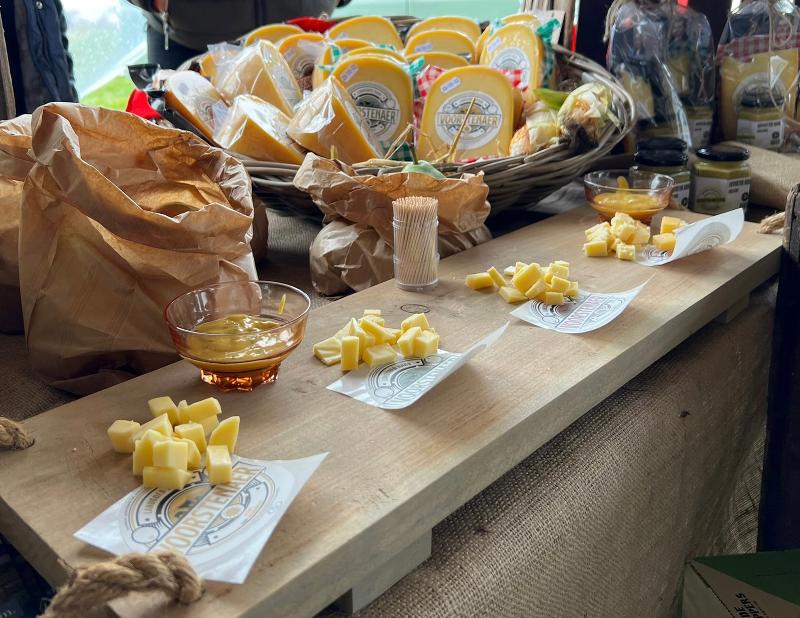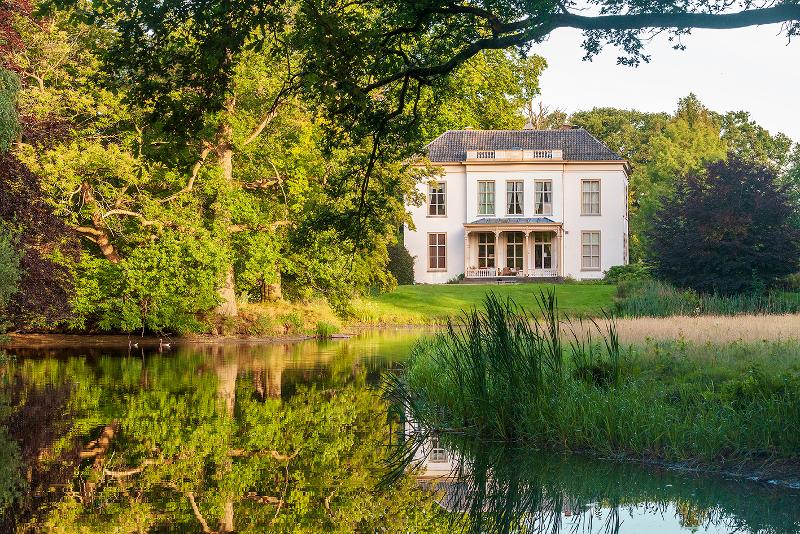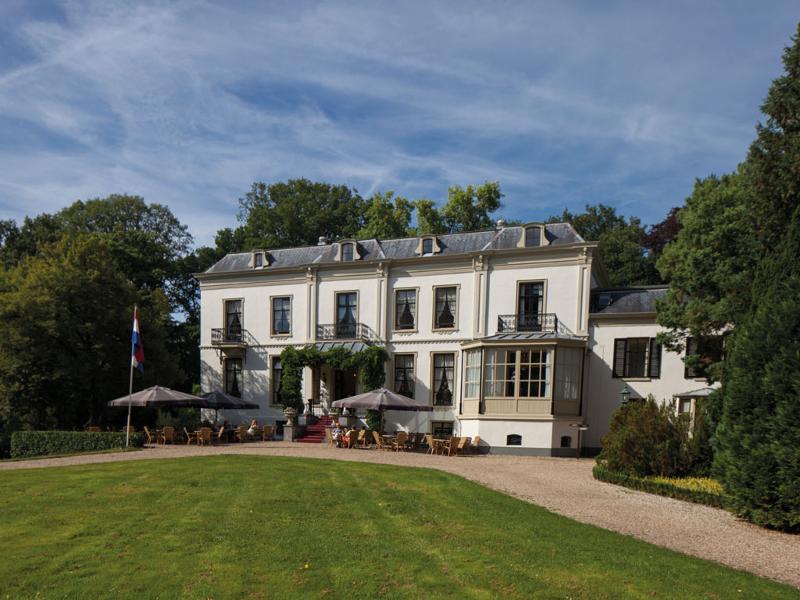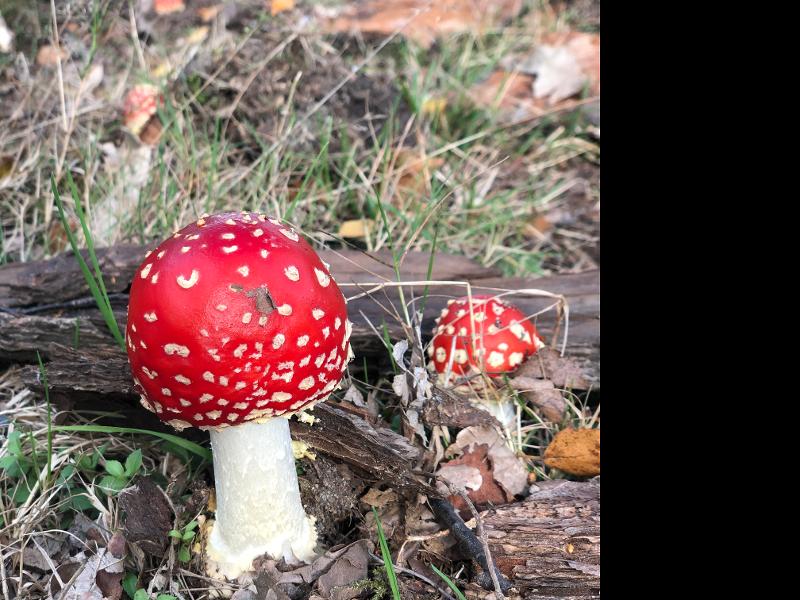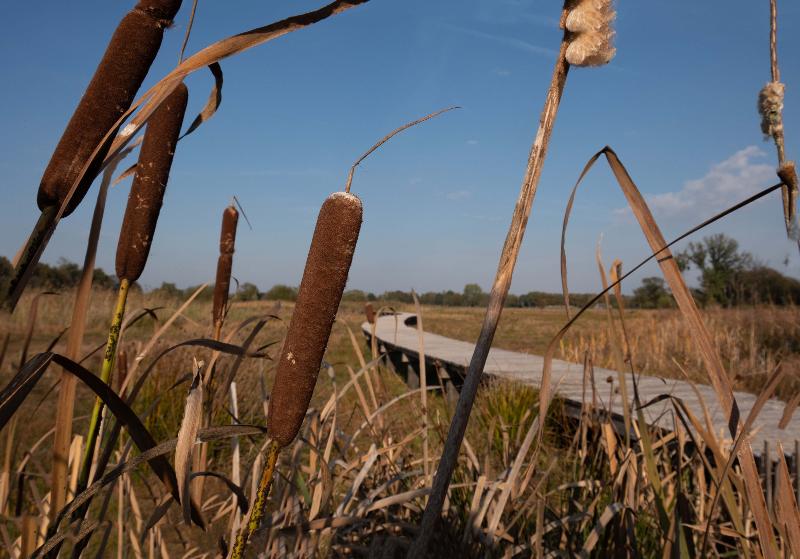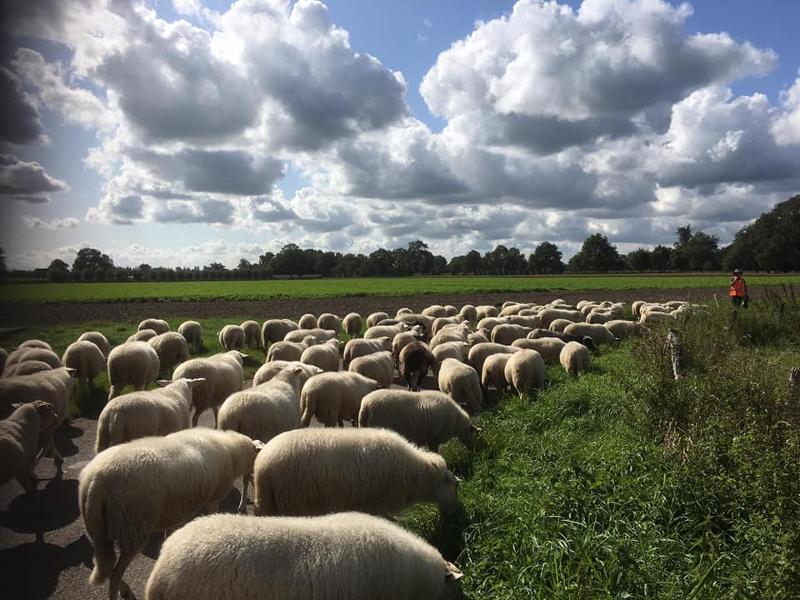Long live freedom! Learn more about Brummen during the Second World War.
This route takes you past various important locations for Brummen during the Second World War.
Sights are numbered on the image with the route:
3. The Old Post Office: War crime English paratroopers: An open truck with 25 captured English paratroopers slowed down near the post office. Two men jumped off the car. The German guards panicked. A young SS man walked around the car and emptied his magazine at the defenseless prisoners of war, 20 bullets. His colleagues kept the other men under control amid much noise and shouting. A hero’s role was reserved for the Brummen general practitioner, who calmed the Germans. One POW, Major Anthony Hibbert, escaped. Four Englishmen and one German were dead. Many witnesses, residents of Brummen, were paralyzed with fear. Now the Old Post Office serves as a hotel.
1. Soup kitchen: Hunger Winter 1944. Every day several bowls of potatoes were peeled and soup or a meal made for residents and especially for evacuees from Arnhem. After all, they had no vegetable garden.
7. Concordia: Emergency hospital: The hospital in Zutphen was inaccessible due to the closure of the IJssel Bridge. The Concordia village hall was set up as an emergency hospital. The theater was divided in two with a shot. The men on the left, the women on the right, a total of 15 patients. Under the billiards the deceased, who unfortunately did not survive the war. Today, Concordia serves as a cozy village hall.
14. Hiding address of Major Anthony Hibbert: Major Hibbert was the only paratrooper who managed to escape after the tragedy at the post office. Hibbert was able to hide in a closet on the first floor, the door of which was made invisible.
11. Klein Engelenburg: NBS Command Post: With the Liberation, the Underground threw off its camouflage and showed itself as the new authority. The NBS, Dutch Domestic Armed Forces, was under the command of Prince Bernhard. Not to be confused with NSB, which collaborated with the Nazis.
17. House on the railway: The railway between Arnhem and Zutphen was used intensively by the Germans for the transport of men and equipment. The railway was bombed at least five times, breaking the windows of the house at Hazenberg number 2. The family was evacuated to Gravenstraat.
4. Groot Engelenburg: execution of resistance fighters: The biggest war drama in Brummen is the execution of eight resistance fighters by the infamous Jagd-Kommando Pieters. On April 6, 1945, this Kommando settled in Brummen to combat the ‘hotbed of resistance’. Arrests were made with a heavy hand and suspects were interrogated in a brutal manner. There was drinking, threats and torture. The Canadians approached and SS leaders decided that the most tortured should not survive. Their testimonies would be too incriminating. The eight people were shot dead on the deck of the Groot Engelenburg pond.
5. Groot Engelenburg: Bald haircut: Shortly after the war, the so-called ‘kraut girls’ were cut bald throughout the country. Eight women were arrested in Brummen. The haircut was done by an evacuee from Arnhem, Brummen hairdressers refused.
13. House ‘t Hammeler: Resistance fighter Lout Baron Van der Feltz carried out resistance work from his house ‘t Hammeler. He prepared the daring action Pegasus-1. On the night of October 22 to 23, 1944, more than 150 English pilots, including Major Hibbert, were taken across the Lower Rhine to liberated territory.
9. Town hall: Robbery of the distribution office safe: In the middle of the night in May 1944, the Brummen Underground raided the distribution office safe. The outside was large, more than 23,000 ration coupons. A big blow for the Germans. The perpetrators were not identified, the suspects did not budge.
8. Secret location for the Underground: Arnhemsestraat 27 served as an evacuation office but also as a meeting place for the Underground. What did they do? Taking back radios, taking people across the IJssel, delivering notes, listening to Radio-Orange messages and typing them out on very thin paper, sheltering English paratroopers and pilots and funneling them to liberated areas.
16. Jewish drapery shop: Several Jewish families and Jewish people in hiding lived in Brummen. The family from the craft shop went into hiding in 1942 but were betrayed and arrested by the German SD.
2. Todthuis: All men between 14 and 60 years old should be shoveled! To strengthen the IJssel Line, the men from Brummen dug trenches and anti-tank ditches by hand and shovel. They removed trees and hawthorn hedges to create a wide field of fire. Gather every morning at 6am.
- Category:
- Walking route
